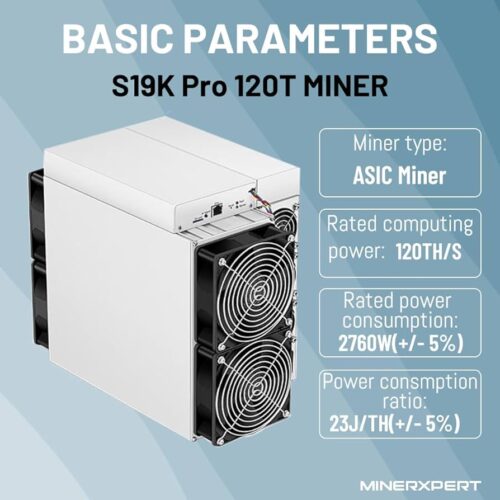Inhoudsopgave
Stacks: Unleashing the Power of Bitcoin in DeFi
Stacks (CRYPTO: STX) is revolutionizing the use of Bitcoin by enabling smart contracts and decentralized finance (DeFi) in a Bitcoin-centric manner. As a Layer-2 blockchain, Stacks finalizes all transactions on Bitcoin, ensuring unmatched security and decentralization.
The Opportunity for Stacks
With Ethereum’s Layer-2 solutions valued at over $20 billion, Stacks, with a market cap of just $3 billion, has immense potential. If Bitcoin becomes the cornerstone of a digital economy like Ethereum, Stacks could see significant growth.
Kaspa: Redefining Blockchain Design
Kaspa (CRYPTO: KAS), created in 2021, offers high speeds, low fees, security, and decentralization. Unlike linear blockchains, Kaspa’s “blockweb” processes transactions exponentially faster without compromising on security or decentralization.
Kaspa’s Unique Features
Kaspa’s network design mirrors Bitcoin’s secure and decentralized nature. It also features a finite coin supply, akin to Bitcoin, with coins entering the market at a diminishing rate.
Polygon: Ethereum’s Scalability Solution
Polygon (CRYPTO: MATIC) is an Ethereum-compatible Layer-2 blockchain designed to increase Ethereum’s scalability. As one of the most popular blockchains, Polygon has a proven track record of functionality and a strong user base.
Why Polygon Stands Out
Polygon’s longevity, active user base, and transaction volume set it apart. It plans to implement an upgrade that will allow developers to build new blockchains on top of Polygon, making it highly flexible and interoperable.
Closing Thoughts
While speculative, Stacks, Kaspa, and Polygon offer unique opportunities for growth in the cryptocurrency market. Their innovative approaches and compatibility with established blockchains make them promising candidates for investment. However, caution is advised, as success depends on many factors falling into place.
Want to learn more about bitcoin mining or start mining yourself?
“This data underscores considerably stronger profitability in the mining sector compared to challenges experienced in 2022 and part of 2023.”
In approximately six months, Bitcoin undergo a “halving,” reducing the new bitcoins awarded to miners by half. Satoshi Nakamoto introduced this event in 2009 as an anti-inflationary measure. Occurring roughly every four years, the lead-up to halvings traditionally proves the most profitable time for crypto investors. “Buying bitcoin six months before a halving and selling 18 months after has historically outperformed a ‘buy and hold’ strategy,” affirms the analyst.
Bitcoin mining explained.
Bitcoin Mining is the industry where the largest institutional party BlackRock is betting big and has recently become majority shareholder in four of the five largest mining companies.
You buy one or more Bitcoin mining machines and within 6-8 weeks it is mining for you with a current rate of 5.2 cents including hosting. Security and maintenance. What does a miner cost? How can these power rates be so low? Want to know more?
Attend the free Q&A about mining:
With Mitchell Weijerman (CEO of Epic Mining) . Where Mitchell answer all your questions live.
Also you can calculate profit in this spreadsheet
Full article about mining in depth you can find here. Bitcoin mining – Buy Low Mine High.
The simple way how smart investors can profit from a broken banking system. How crypto miners made 16.7 billion USD in 1 year and how we can get a piece of it. How anyone can make money with crypto mining within 4-8 weeks, regardless of your knowledge or experience.












